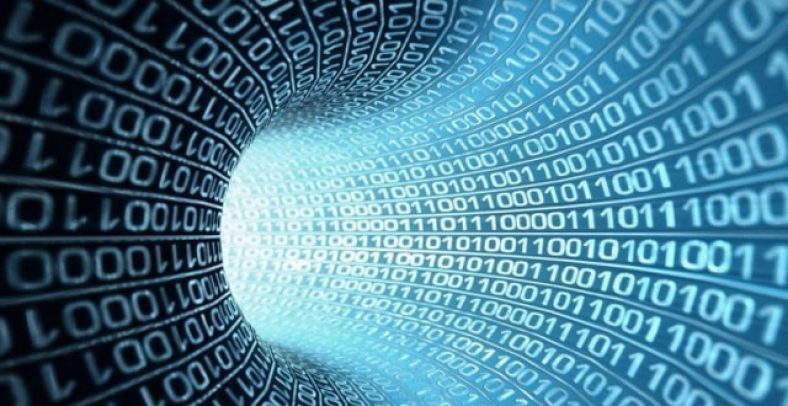The world of technology seems to be awash with varied definitions of what Big Data actually means so who should we believe? Most of them probably. What is clear is that whatever the definition, big data often relies on powerful computers and large, accessible databases.
Maybe we shouldn’t try to define big data, but focus more on the many uses that enterprises are utilizing with this range of technologies. Can we identify which key mainframe applications will be centred on big data?
I think it will be most widely used for:
All-round vision – The View from the Bridge
Big data can be used to collect data from many different points of the enterprise compass and from separate divisions. By bringing this data together through the power of mainframes and fast data access and analysis, the enterprise can then create new learning points and information about where the enterprise has been, is presently and where it seems to be going. This is called Operational Analytics.
The Complete View of the Customer
By putting all this data together in one place we’re able to see the history, current activities and possible future choices for every customer. And at the same time, the enterprise can focus on what each customer needs and wants and can match the right things to sell to individuals and groups. The power of the mainframe can shape a better future for the enterprise.
A Safer Enterprise
The three factors of danger – security, threats and fraud – can be held at bay by large amounts of data, often in real-time. The mainframe and its applications, using big data concepts, can build a stronger shell around the enterprise and create a safer future.
Mining the Enterprise
Using a large central system to take all the data that nobody thought could be used, hold it all in one place and start to find the patterns contained therein, we can develop new thinking that could transform parts of the enterprise and discover new ways of working and new products for the buyers.
The Warehouse for Warehouses
How many Data Warehouses are there in the company? What would happen if we could offload them, back them up or join them up? What threads could be drawn across the many operational databases and warehouses? Using large central systems that can easily handle huge volumes of data and transactions, even more discoveries could be made.
So whatever you choose as your favourite definition of “Big Data”, start to think about how and why you can use it. Then think about an affordable platform that is best suited for you to operate on.
Talk to Flynet for advice and solutions for harnessing mainframe value in the modern market using terminal emulators.

